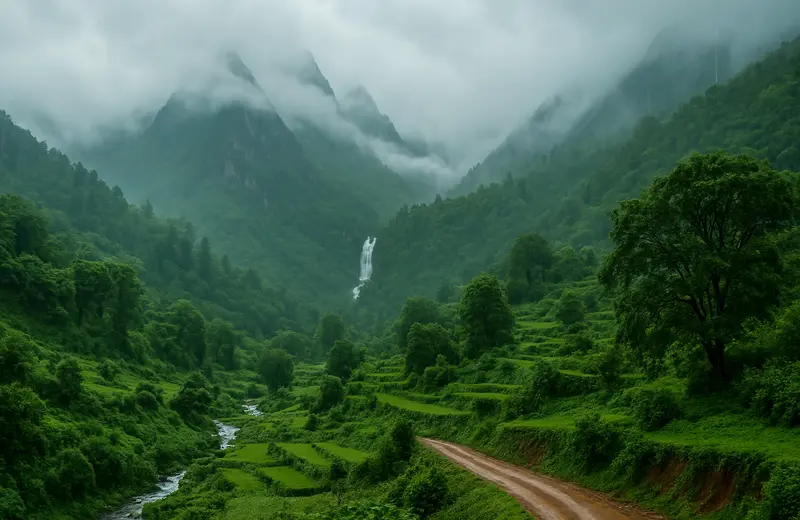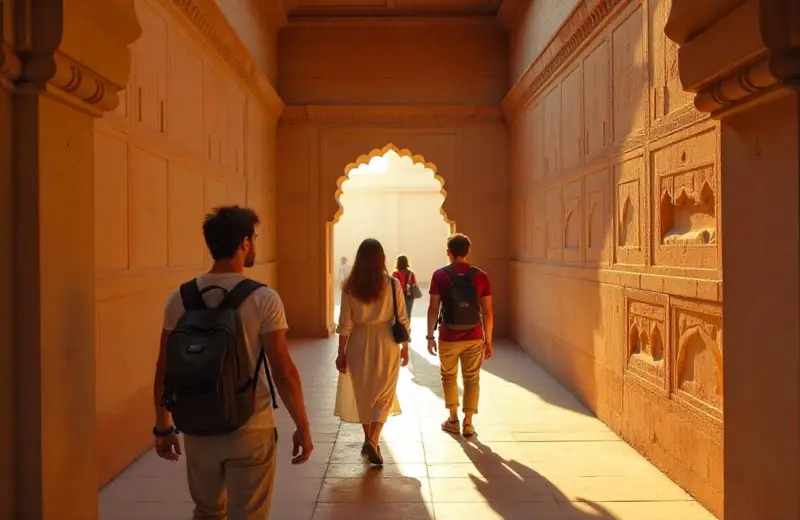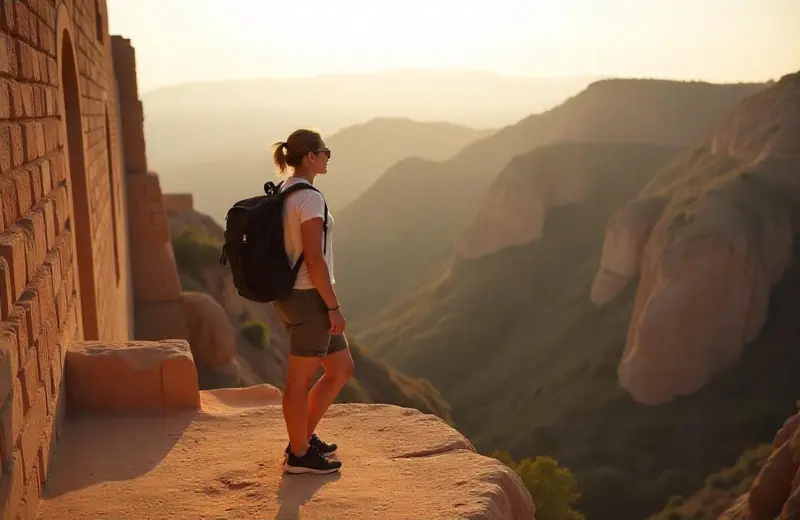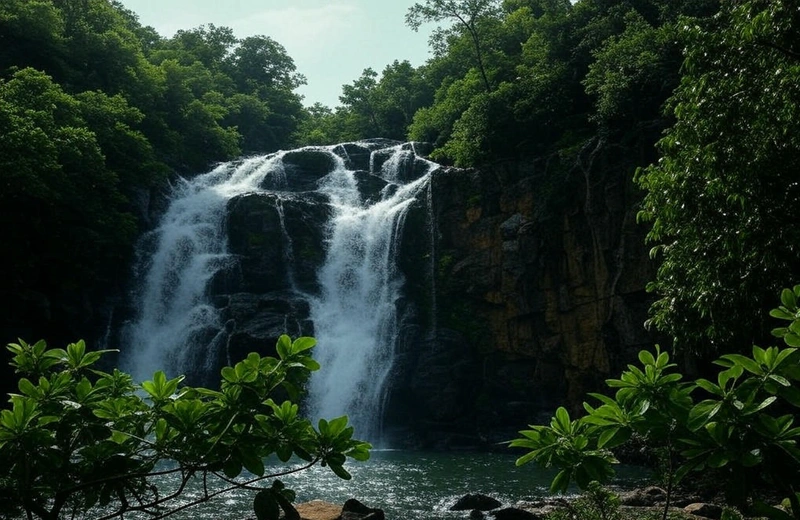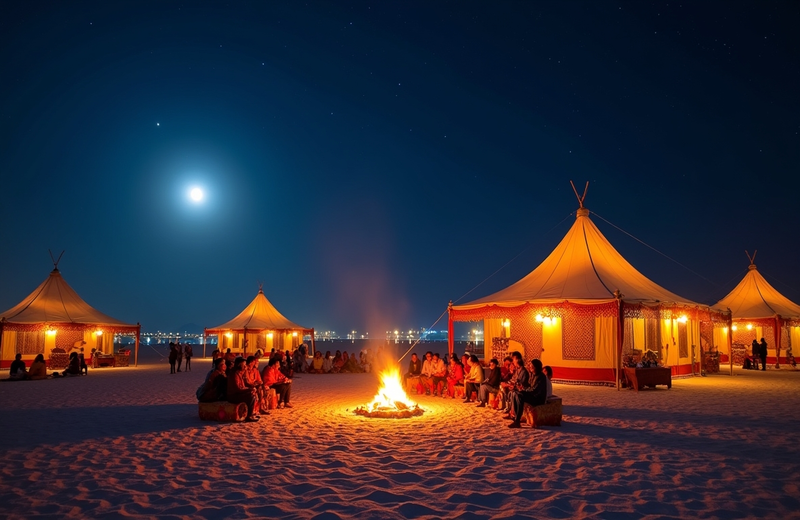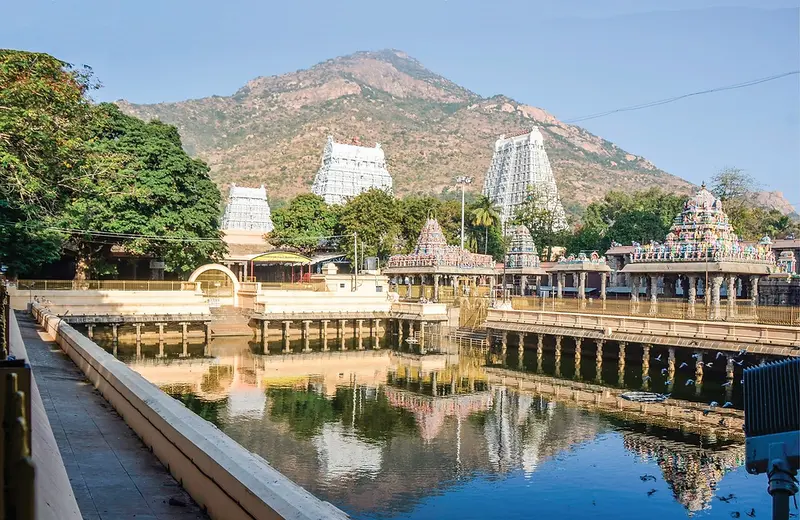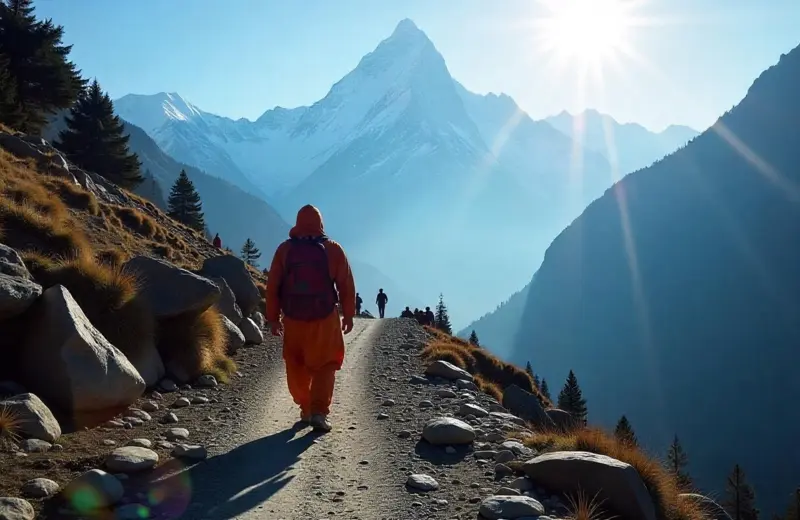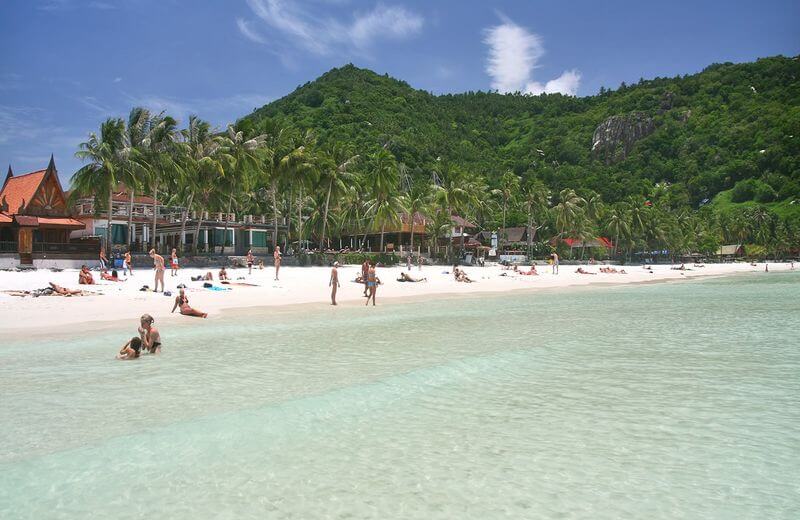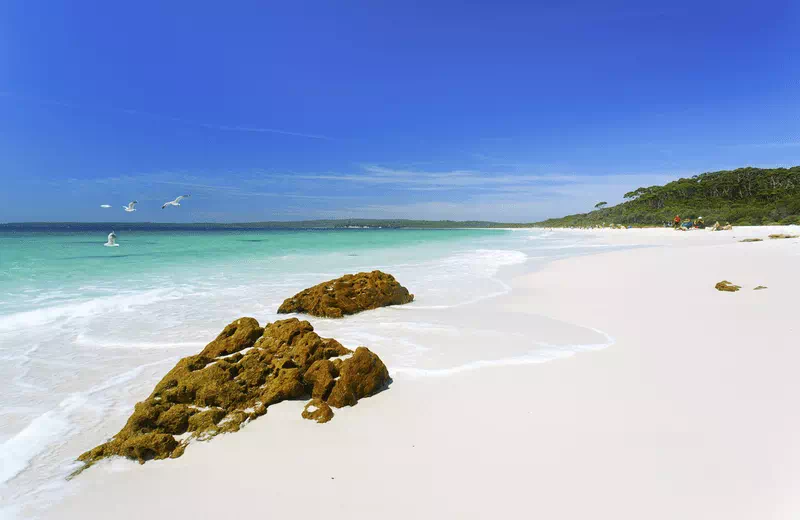How to Explore Dholavira: Gujarat’s Ancient Harappan Site
Imagine stepping into a time capsule that takes you back over 4,000 years to a bustling city carved out of a desert island. That’s Dholavira for you—an ancient Harappan marvel in Gujarat that’s unlike any other travel destination. Nestled on the remote Khadir Bet island in the Great Rann of Kutch, this UNESCO World Heritage Site offers a blend of history, mystery, and stark natural beauty. Whether you’re a history buff, an adventure seeker, or just someone craving an offbeat getaway, exploring Dholavira is an experience that’ll leave you awestruck. Let me guide you through how to make the most of your visit to this ancient gem, step by step, like a friend sharing their best travel secrets.
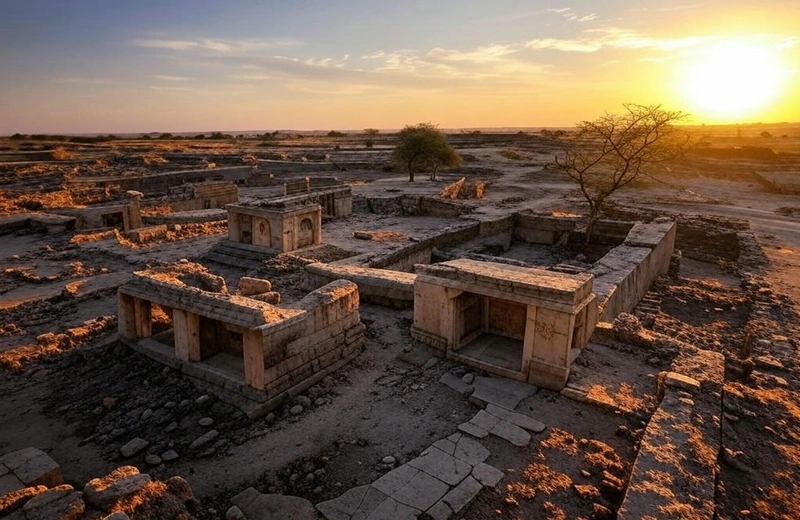
Why Dholavira Should Be on Your Travel List
Dholavira isn’t just another archaeological site—it’s a living testament to human ingenuity. Picture this: a city from 3500 BCE with streets laid out like a modern grid, massive stone reservoirs to trap every drop of rain, and a signboard that might just be the world’s oldest. Unlike other Harappan cities built with bricks, this one stands out with its stone architecture, still intact despite centuries of earthquakes and desert winds. It’s a place where you can feel the pulse of a civilization that thrived against all odds, making it a must-visit for anyone curious about how to explore Dholavira: Gujarat’s ancient Harappan site.
Planning Your Trip: Best Time to Visit
Timing your visit is key to enjoying Dholavira. The desert climate here can be brutal, so aim for the cooler months between October and March. During this window, temperatures hover between 15°C and 30°C—perfect for wandering the ruins without melting under the sun. Bonus: if you time it right, you can catch the Rann Utsav, a vibrant festival in the nearby white salt desert, adding a splash of culture to your historical adventure. Avoid summer (April to June) unless you’re ready to brave 45°C heat, which can make exploring Dholavira less of a joy and more of a survival test.
Getting There: Your Journey to the Past
Reaching Dholavira is an adventure in itself. Start from Bhuj, the nearest major city, about 220 km away. You can hire a private car or hop on a state bus—both take around 4-5 hours. The road cuts through the surreal landscape of the Rann of Kutch, with salt flats stretching endlessly on either side. If you’re flying in, Bhuj Airport connects to cities like Mumbai and Ahmedabad. From there, it’s a scenic drive to Khadir Bet. Pro tip: pack snacks and water, as facilities thin out once you leave Bhuj. This journey sets the stage for how to explore Dholavira: Gujarat’s ancient Harappan site in all its isolated glory.
What to See: Unpacking Dholavira’s Treasures
Once you arrive, the site unfolds like a history book you can walk through. Here’s what not to miss:
- The Citadel: This fortified upper town was home to the elite. Climb the ramparts for a panoramic view of the sprawling ruins—imagine rulers gazing out over their desert kingdom.
- Water Reservoirs: These massive, rock-cut tanks are engineering marvels. Stand by one and picture how they sustained a city in a land where rain was a rare guest.
- The Signboard: A 10-character inscription in the Harappan script—still undeciphered—hints at a lost language. It’s like a cryptic message from the past begging to be solved.
- Fossil Park: Just nearby, ancient wood fossils add a prehistoric twist to your visit. It’s a quiet spot to reflect on time’s deep layers.
Each corner of Dholavira whispers stories of resilience, making it a highlight when you explore Gujarat’s ancient Harappan site.
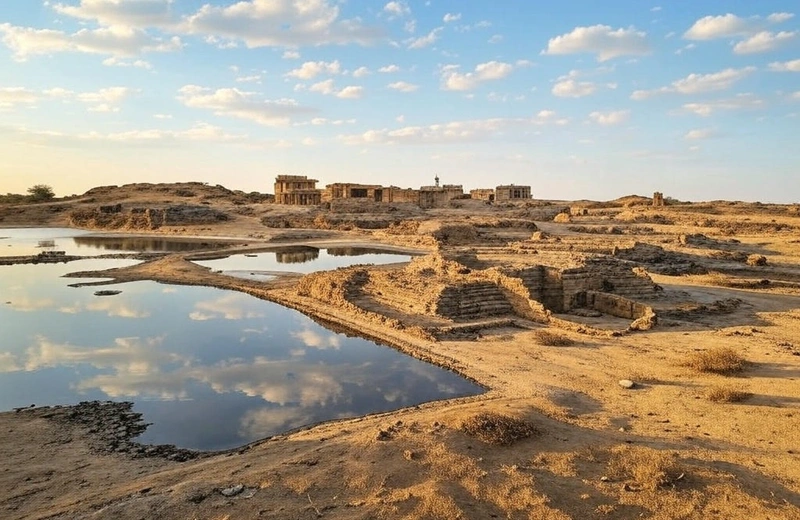
Tips for a Memorable Visit
To truly soak in Dholavira, come prepared. Wear comfy shoes—the terrain is uneven, and you’ll be walking a lot. A hat and sunscreen are non-negotiable under the desert sun. Carry a camera; the golden-hour shots of stone ruins against the white Rann are Instagram gold. Hiring a local guide (available at the site) can unlock hidden details—like how the Harappans turned a harsh island into a thriving hub. And don’t rush; give yourself at least half a day to wander and wonder.
Beyond the Ruins: Nearby Wonders
Dholavira’s magic doesn’t end at its walls. Stretch your trip with these nearby gems:
- Great Rann of Kutch: A short drive away, this vast salt desert glows under the moon—perfect for a surreal evening stroll.
- Dhordo Village: About 95 km away, it’s a hotspot during Rann Utsav with crafts, food, and tent stays.
- Birdwatching: The sanctuary around Khadir Bet teems with flamingos and cranes, especially in winter.
These add-ons make your journey to explore Dholavira: Gujarat’s ancient Harappan site even richer.
Where to Stay: Resting Near History
Accommodation options are limited due to Dholavira’s remote location, but you’ve got choices. The Gujarat Tourism Resort near the site offers basic, clean rooms with a local vibe—book early, as it fills up fast. For a luxe twist, some travelers prefer tented camps during Rann Utsav season, blending comfort with desert charm. Alternatively, base yourself in Bhuj for more variety, from budget guesthouses to mid-range hotels, and day-trip to Dholavira.
A Final Thought: Why Dholavira Stays With You
Dholavira isn’t just a place—it’s a feeling. It’s the thrill of touching stones laid by hands 4,000 years ago, the silence of a desert that’s seen empires rise and fall, and the realization that history isn’t as distant as it seems. When you explore Dholavira: Gujarat’s ancient Harappan site, you’re not just visiting ruins; you’re connecting with a piece of humanity’s shared story. So, pack your curiosity and go. This isn’t a trip you’ll forget.






